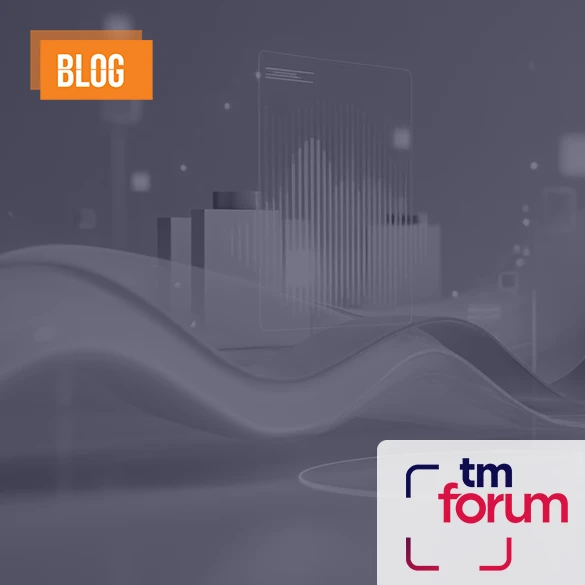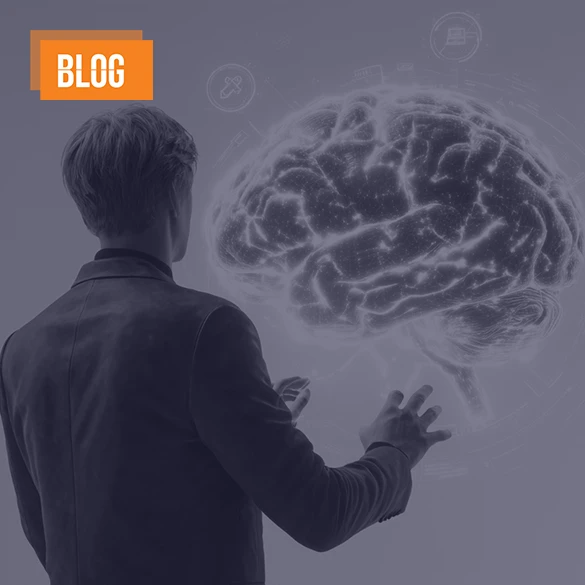AI-Powered Segmentation


As the year comes to an end, the industry pauses to reflect on the likely trends for 2018. A leading prediction in the area of customer management is the integration of digital marketing activities into the customer lifecycle,[1] providing relevant communications along the customer journey. This doesn’t seem like a new concept at a first glance.
But what makes the subject interesting, and even complex, is the multitude of potential communication touch points customers are exposed to throughout their lifecycle, as shown below. The complexity is multiplied by the number of channels through which customers can interact and by the desire to tailor communications by persona or even to the individual.
Customer Lifecycle – B2C Retail
[1] “10 Marketing Trends to act on in 2018” by Dave Chaffey, 20 September 2017, (https://goo.gl/ntdofR)
Evolution From Segmentation to Personalization
For decades, segmentation has been the cornerstone of marketing, where content is targeted to specific groups or segments. This is now evolving into a world driven by intelligent personalization, where the individual receives content and communications based on their personal behavior, needs, and experiences.
The most significant barriers to personalization have been inflexible work processes and legacy systems that are too costly or impractical to modify. In addition, corporate mantras to reduce costs by focusing on economies of scale seem to fly in the face of creating individualized “markets of one.”
Power of Artificial Intelligence
Innovative Artificial Intelligence (Al) technologies now have the power and sophistication to accelerate marketing’s evolution from broad-based segmentation models into 1-to-1 personalized models. Al tools come with many analytical capabilities such as predictive analysis, language processing, and sentiment analysis.
With Al-based segmentation, meaningful and personalized marketing content can be provided on large-scale customer data, simultaneously enabling both economies of scale and markets-of-one. Workforce and other operational efficiencies are improved substantially, which reduces costs.
With AI, special offers can be created for specific customer sets based on, for example, prior purchasing habits or usage. Even more powerful, though, is to use behavioral analysis to create offers based on the customer’s expected behavior and to provide the right offer, at the right time, and via the right channel.
Though it is useful to apply AI in a specific area, such as call center management, the real power comes from gathering, analyzing, and integrating customer insights across the entire customer journey. This includes the
•Sales and ordering process (from quote to cash)
•Customer management process (from prospect to retirement)
•Product management process (from concept to retirement)
So, for example, applying Al tools to a centralized product catalog and across Customer Relationship Management (CRM), order management, and configure-price-quote processes enables personalized customer offers and support.
Etiya AI Innovation
Etiya leads the market by incorporating AI innovations such as natural language processing, predictive analytics, autonomous learning, algorithm-based applications, and social media analytics into its pre-integrated products and customized solutions. The resulting in-context business insights and predictions across the customer lifecycle enable personalized marketing and support.
For example, Etiya applies AI to customer services and support, agent-guided assistance, personalized marketing, and product bundling recommendations. This provides a unified and consistent customer experience while also streamlining and automating operational processes.
Etiya also uses AI to enable powerful automation and operational efficiencies at a massive scale. It can handle and streamline the management of millions of customer or network data points.
Etiya’s AI, algorithm-driven applications, and catalog-driven B/OSS enable service providers to proactively shape customer experience journeys, going beyond transforming technologies to provide personalized services. Its innovative and flexible product portfolio enables service providers to transform their business and achieve targeted business outcomes by increasing productivity, reducing costs, and delighting customers, all of which increases competiveness and profits.








